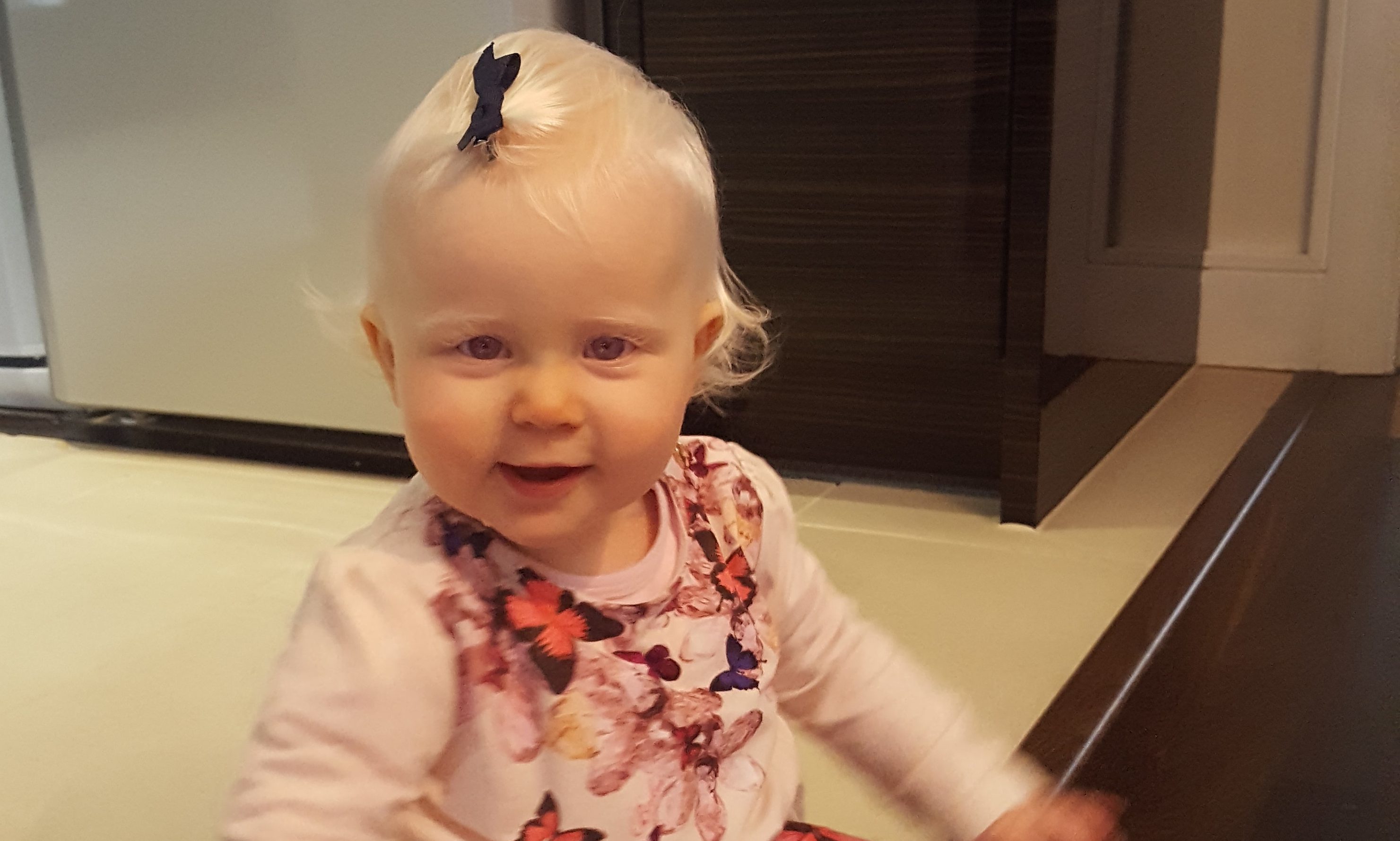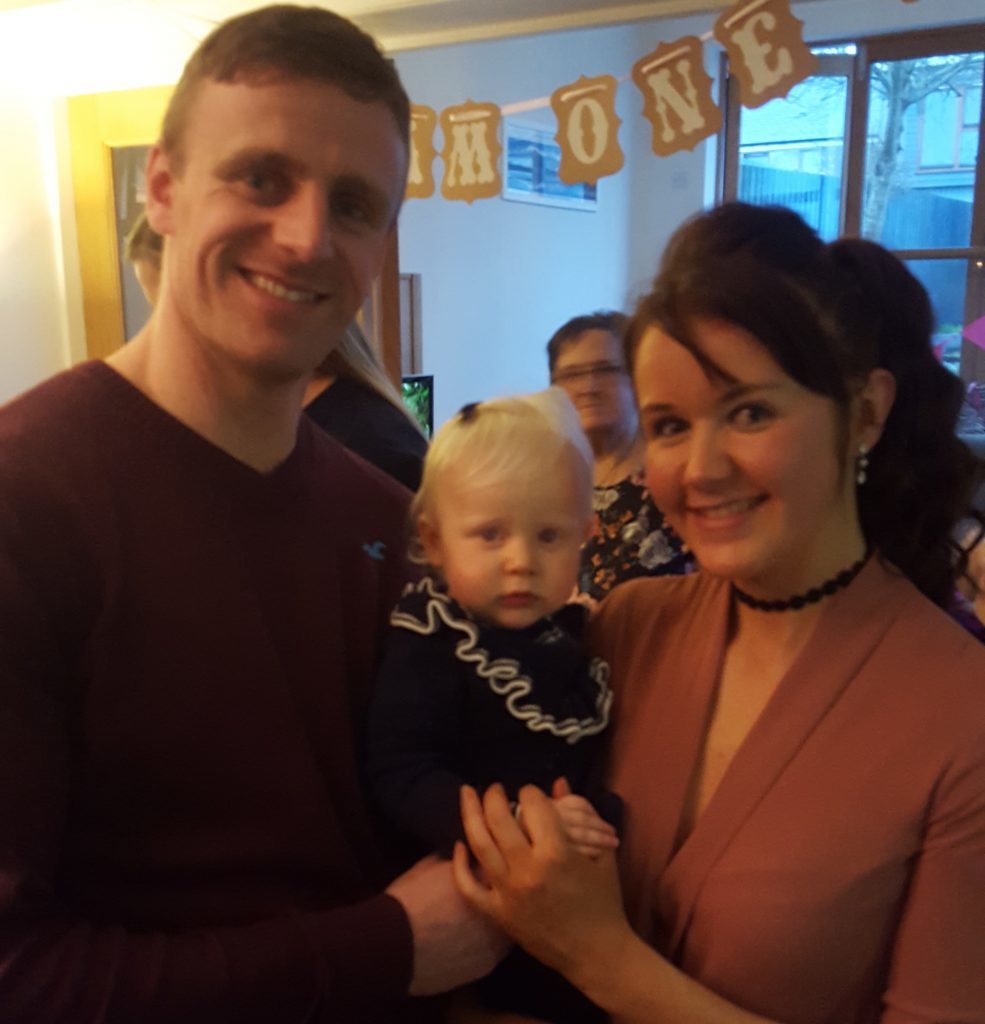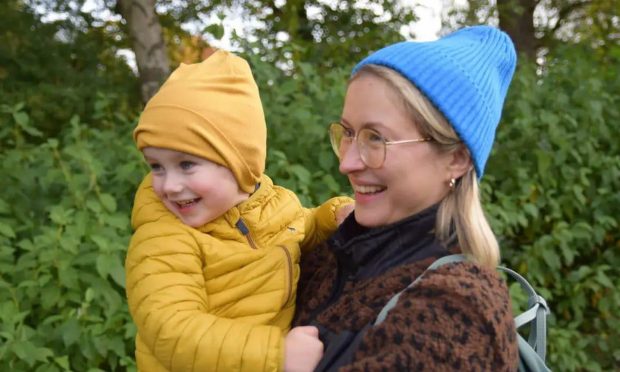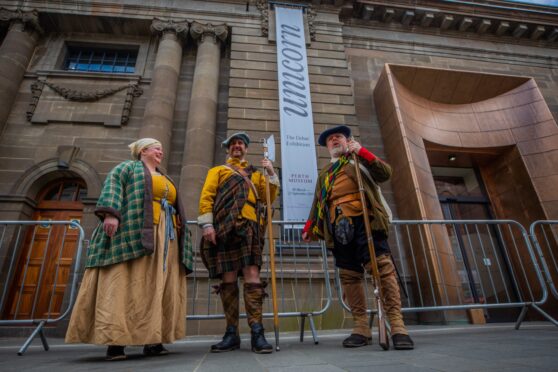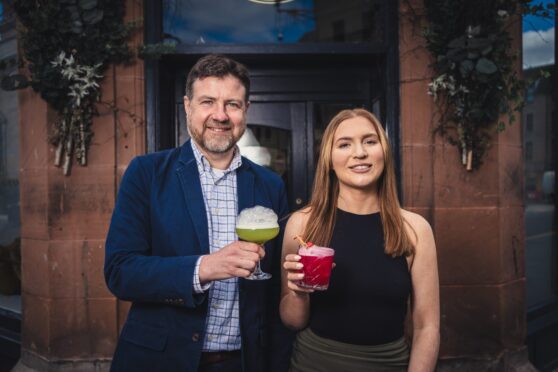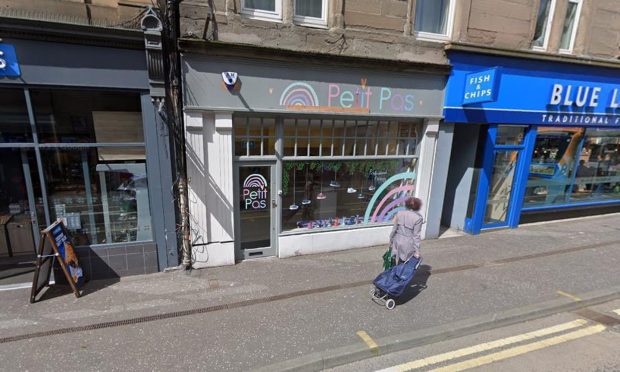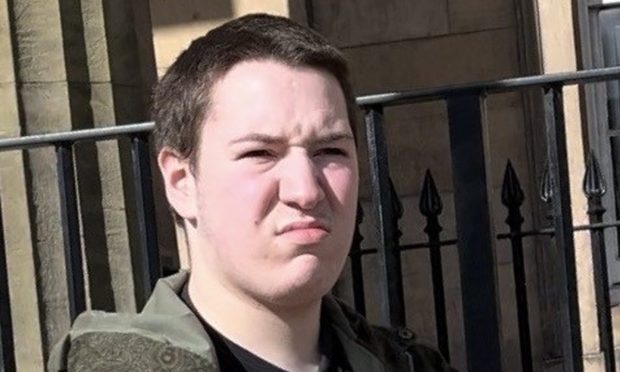A Perthshire mum has said her daughter’s rare genetic skin condition will not be allowed to hold her “beautiful baby” back.
Little Aarya Nixon was born with albinism, a condition that means she has very poor sight and white hair due to a lack of pigment.
Speaking on International Albinism Awareness Day on Tuesday, mum Gillian Elliott said she and partner Ross Nixon immediately suspected that their daughter, who is now 16 months old, had the condition when she was born.
The 32-year-old said: “Aarya was born with a mass of beautiful white hair. It immediately made us question the midwife team who delivered her about whether she might have albinism.
“We knew nothing about albinism other than white hair is often a characteristic and there is no known albinism in either of our families.
“Aarya was examined shortly after birth and although the official diagnosis didn’t come until she was 10 weeks old, we knew from birth that Aarya had oculocutaneous albinism.
“It was a very steep learning curve for us having to get our heads round the fact that our daughter had been born with a genetic condition that was the result of us both carrying a faulty gene that we knew nothing about.”
Gillian, who lives in Braco with Ross and their two other children, Kaylyn and Peyton, added that she wanted to dispel the myths that surround albinism.
“Very few people in our lives knew anything about albinism and many were more aware of the myths that surround it than the accurate details of the condition,” she said.
“However, we very quickly adopted the mindset that we wouldn’t let Aarya’s albinism hold her back in life. In fact, we quickly learned to embrace how unique it has made her. Aarya very much stands out from the crowd with her angelic looks and we love that.
“Many people believe those with albinism have red eyes, which is a myth. In fact, the lack of pigment in their eyes (which can be any colour, for Aarya they are blue) can sometimes mean that light shines right through the retina of the eye and the blood vessels at the back of the eye can be visible giving the impression their eyes are red.”
Albinism is a genetic condition that causes a lack of pigment in the body. This can affect the eyes, hair and skin. The lack of pigment makes the individual extremely vulnerable to the sun’s rays and in turn brings a much higher risk of skin cancer.
Aarya needs to wear high factor 50+ sunscreen every day between April and October, regardless of the weather, to protect her skin from the sun’s harmful rays.
